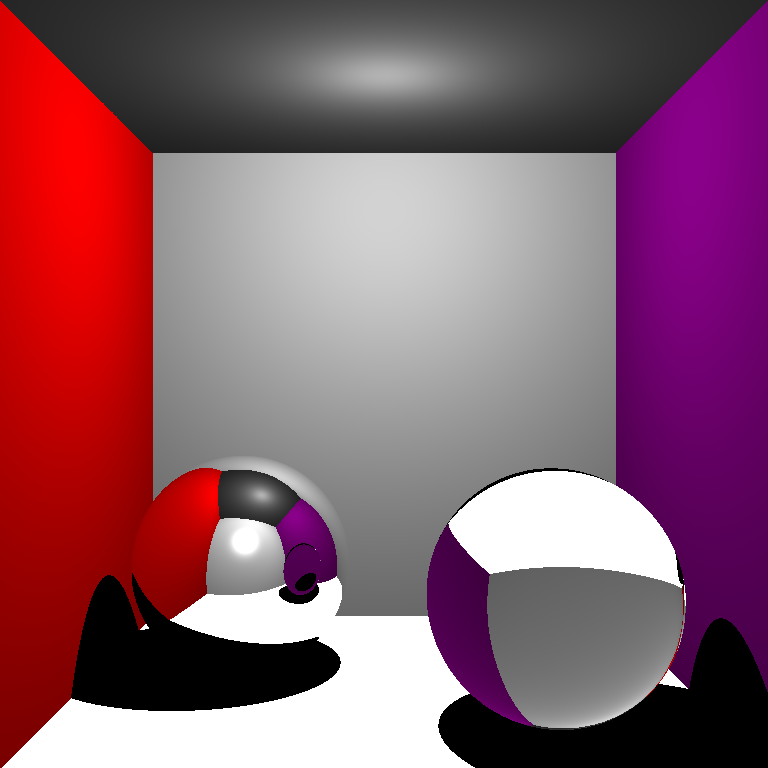The formation of Jupiter by hybrid pebble-planetesimal accretion
The standard model for giant planet formation is based on the accretion of solids by a growing planetary embryo, followed by rapid gas accretion once the planet exceeds a so-called critical mass. The dominant size of the accreted solids (cm-size particles named pebbles or km to hundred km-size bodies named planetesimals) is, however, unknown. Recently, high-precision measurements of isotopes in meteorites provided evidence for the existence of two reservoirs in the early Solar System. These reservoirs remained separated from ~1 until ~ 3 Myr after the beginning of the Solar System's formation. This separation is interpreted as resulting from Jupiter growing and becoming a barrier for material transport. In this framework, Jupiter reached ~20 Earth masses within ~1 Myr and slowly grew to ~50 Earth masses in the subsequent 2 Myr before reaching its present-day mass. The evidence that Jupiter slowed down its growth after reaching 20 Earth masses for at least 2 Myr is puzzling because a planet of this mass is expected to trigger fast runaway gas accretion. Here, we use theoretical models to describe the conditions allowing for such a slow accretion and show that Jupiter grew in three distinct phases. First, rapid pebble accretion brought the major part of Jupiter's core mass. Second, slow planetesimal accretion provided the energy required to hinder runaway gas accretion during 2 Myr. Third, runaway gas accretion proceeded. Both pebbles and planetesimals therefore have an important role in Jupiter's formation.
PDF Abstract